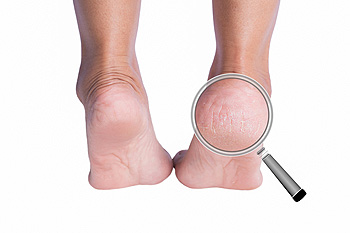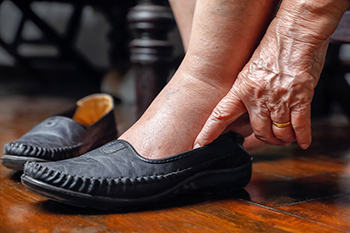
One of the most common foot injuries is a broken toe. A broken toe can occur for several reasons, including stubbing it into furniture, a heavy object falling on it, or repeated force. Prolonged repetitive movements can gradually turn into a stress or hairline fracture. Existing medical conditions like osteoporosis may cause the bones to weaken, and a break may be more likely. A broken toe is diagnosed after an X-ray is taken then proper treatment can begin. For mildly fractured toes, the buddy taping method is often effective. Buddy taping is done by taping the affected toe to the toe next to it. This may temporarily feel uncomfortable, despite the stability it provides. If you have broken your toe, it is suggested that you consult with a podiatrist to confirm the diagnosis and start the best treatment for you.
A broken toe can be very painful and lead to complications if not properly fixed. If you have any concerns about your feet, contact one of our podiatrists from InStride Family Foot Care. Our doctors will treat your foot and ankle needs.
What to Know About a Broken Toe
Although most people try to avoid foot trauma such as banging, stubbing, or dropping heavy objects on their feet, the unfortunate fact is that it is a common occurrence. Given the fact that toes are positioned in front of the feet, they typically sustain the brunt of such trauma. When trauma occurs to a toe, the result can be a painful break (fracture).
Symptoms of a Broken Toe
- Throbbing pain
- Swelling
- Bruising on the skin and toenail
- The inability to move the toe
- Toe appears crooked or disfigured
- Tingling or numbness in the toe
Generally, it is best to stay off of the injured toe with the affected foot elevated.
Severe toe fractures may be treated with a splint, cast, and in some cases, minor surgery. Due to its position and the pressure it endures with daily activity, future complications can occur if the big toe is not properly treated.
If you have any questions please feel free to contact our offices located in Concord, Charlotte, and Salisbury, NC . We offer the newest diagnostic and treatment technologies for all your foot and ankle needs.





